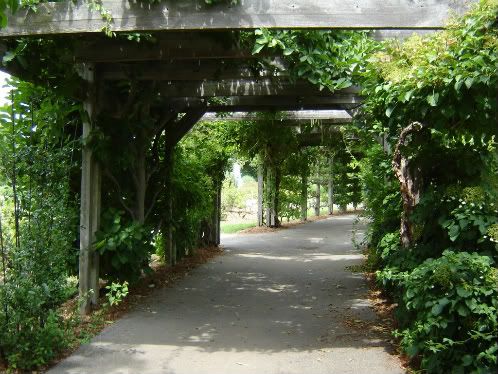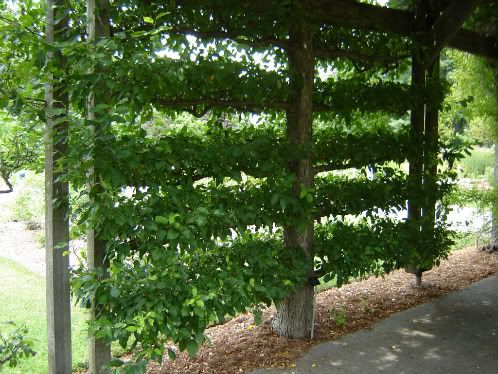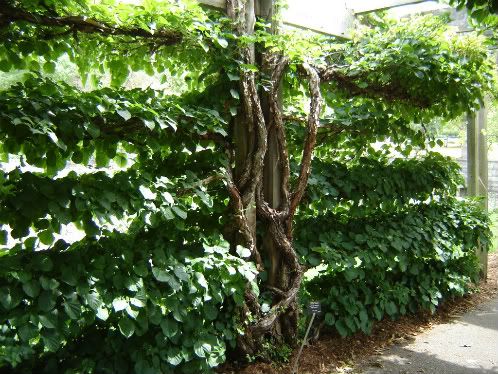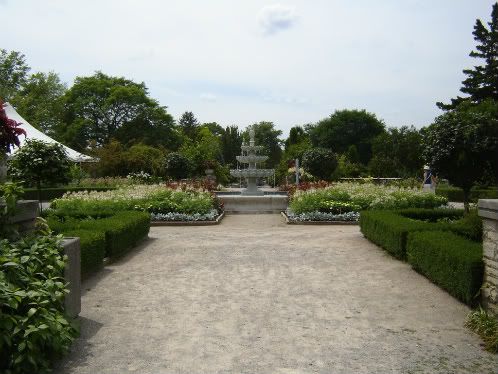 |
| Royal Botanical Gardens, Burlington ON |
My favourite style of garden is a formal garden. I’m also partial to a structured garden with a mix of predominately formal elements and some informal elements. A formal garden gives a sense of calm and serenity. With its symmetry, balance, rhythm in repetition, straight lines, clipped hedging, and geometrical precision, it is attractive in all seasons. In northern regions, a formal garden is stunning during the winter season.
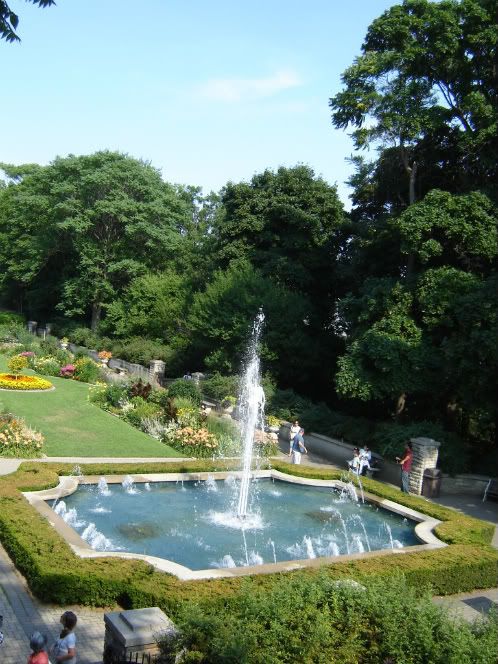 |
| Casa Loma, Toronto ON |
The look of a formal garden is controlled. It is a tamed landscape not found in nature. It has bones and structure made up of walls, hedges, paths and possibly statuary, all of which are more important than the plants. Form is most important and plants are secondary. Most often the plants chosen for a formal garden are those easiest to handle. The plants are arranged following rigid guidelines and only a limited number of species are planted in large quantities to add a uniform look.
 |
| Parkwood, Oshawa ON |
We think of formal gardens being large but even small home gardens can be formal using a dwarf boxwood or yew hedge to enclose flowers, vegetables or herbs. To achieve a formal ambience in a small home garden, it works best to have a structured garden with a mix of formal and informal elements. This can be achieved by having clipped hedges and less formal plantings as part of the overall design.
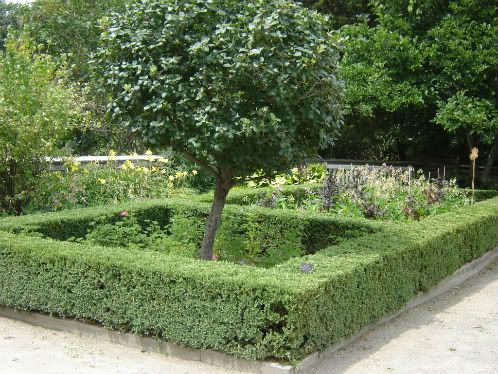 |
| Royal Botanical Gardens, Burlington ON |
